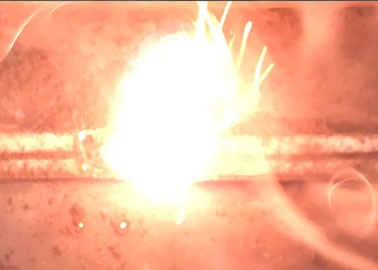Problem:
Electrical Fires
The U.S. has the most modern electrical safety codes of any country, yet electrical faults that lead to fire are all too common.
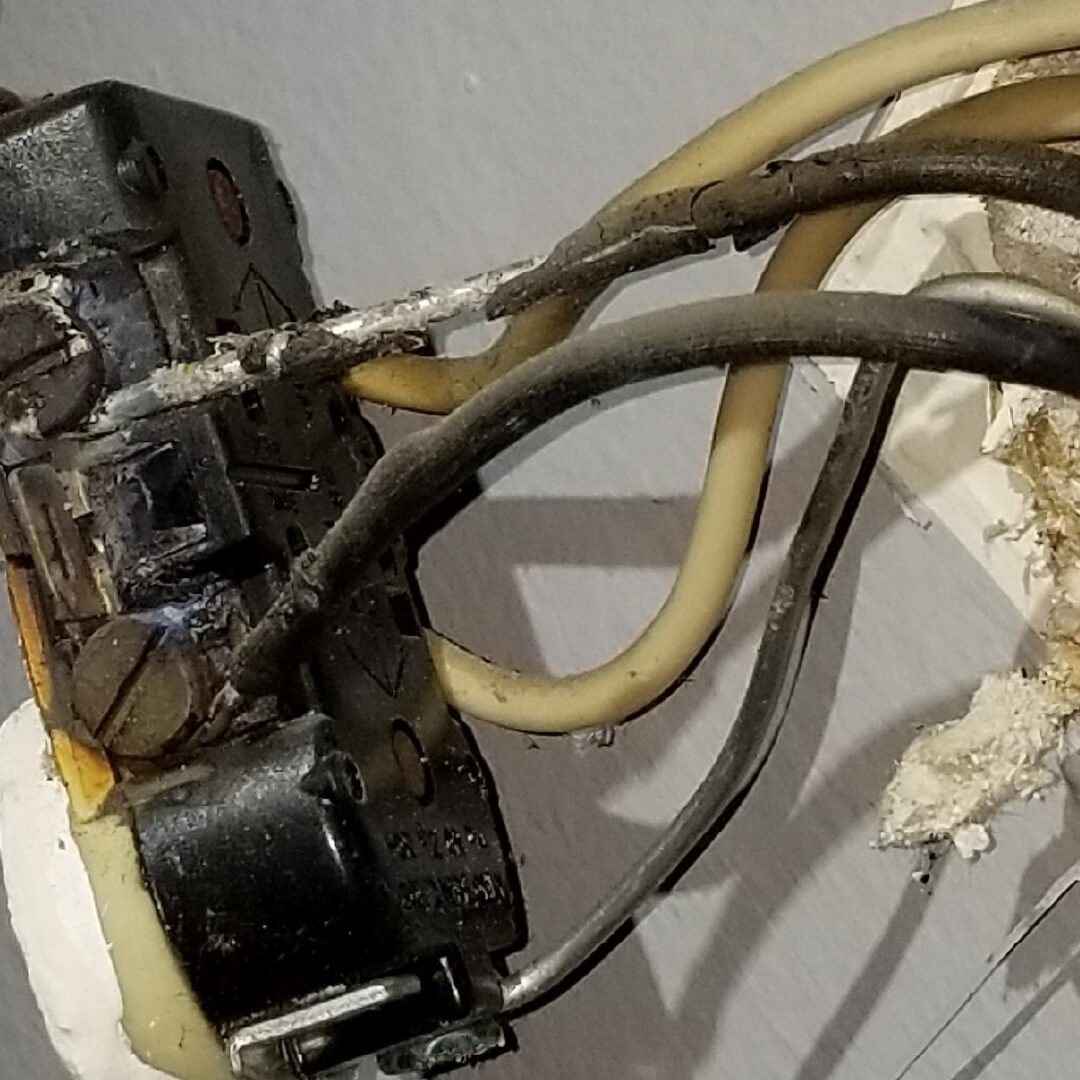
In the U.S. alone, nearly 50,000 residential fires each year are caused by an electrical malfunction, resulting in more deaths, injuries, and damage than any other type of fire in the home.
Why? These fires are often silent and hidden, originating from arc faults in wiring or connected devices.
Regardless of your home's age or type, these precursors to electrical fires can develop silently with little warning. Ting was developed to identify these early warning signals before they have a chance to develop into a major fire.
Until now, most electrical hazards were hidden and grew unchecked.
The video to the left is an example of an electrical fault in its infancy - in this case, worn-out Romex cable (conductor) that makes up much of our home's electrical network, located behind walls and above ceilings. These faults can originate from minor damage incurred during construction or from normal degradation of the conductor's insulating materials.
The arcing is very small in amplitude. Otherwise known as scintillations, these precursors to arc faults are not yet strong enough or hot enough to cause a fire, or to trip an AFCI breaker, but are readily detected by Ting.
The Life of a Hidden Electrical Arc Fault
Age, prior damage and material degradation lead to minuscule arcing, or scintillations
Scintillations are the tiniest of electrical arcing activity, generating faint but unique signals that travel very quickly throughout the wiring in your home.
The hazards that cause them can originate from hidden wiring, connections, switches, lights, ceiling fans, appliances - basically any device connected to your home's electrical system.
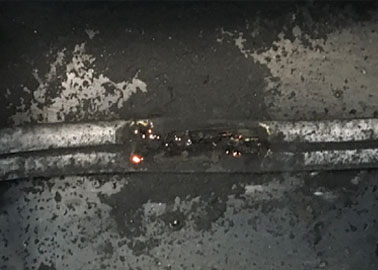
Ting sees these tiny scintillations and distinguishes from 'good' arcing
Ting operates all day, every day, to keep you protected, assessing your home's electrical system 30 million times per second.
Ting clearly sees the random, oftentimes faint signals. Time of day, frequency, signal-to-noise, weather and variations in intensity are some of the variables that factor into Ting's detection science.
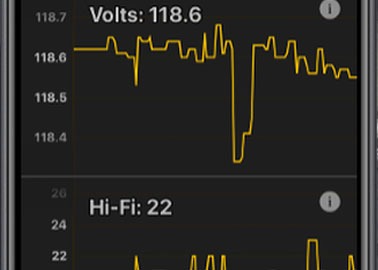
Without Ting, an arcing process continues and grows unchecked
Once arcing starts, it almost always continues and gets worse over time.
Many external factors can affect how long it takes for tiny, early faults to grow - vibration, temperature, use of a device or other load on a circuit, age of electrical infrastructure, prior home issues such as flooding or lightning strikes, etc.
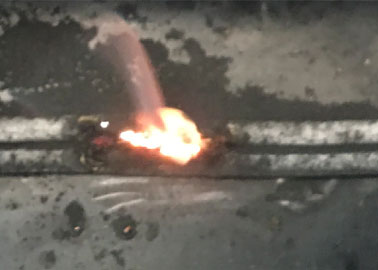
An arc flash is hot enough to ignite materials around it and lead to a fire
If you happen to have an AFCI protection in your home, and this significant hazard occurs on an AFCI-protected circuit, the AFCI breaker is designed to trip at the point on this event and cut off electricity to the circuit.
Ting helps you identify and address incipient hazards earlier, before they have an opportunity to advance to this type of event.
